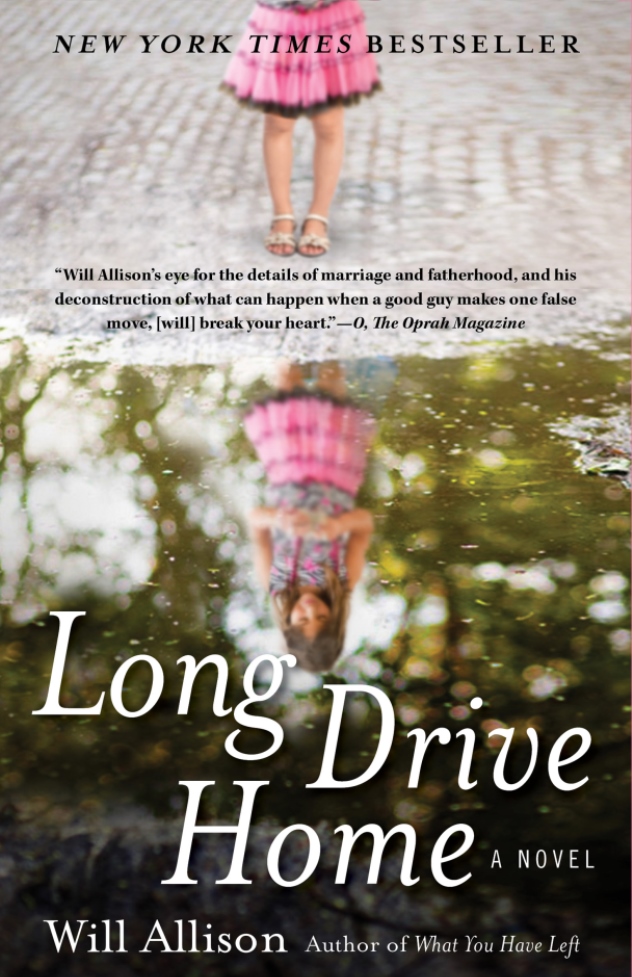Let’s be honest. We all have those days. All of us have experienced a split second surge of anger when some stupid motorists cut into our lane without giving any signal and we have to hit our brakes to avoid a collision. Or we may find ourselves behind a car whose driver is texting while driving and the car seems to be slightly swaying from side to side. We often curse such drivers for their dangerous and inconsiderate driving. Some of us take things to another level by resorting to road rage. It immediately brings to mind the recent road rage incident in Perak where an IT worker is now being charged with murder.
A bad split second decision can upend our life. This is the focus of Will Allison’s novel Long Drive Home. Glen Bauer is an accountant who works from home in order to be the primary caregiver for his six-year-old daughter, Sara. As the novel opens, Glen is driving Sara home from school when their car is cut off by a speeding convertible. The teenage driver, talking on his cell phone, does not seem to realise that he has nearly caused an accident.
A few blocks later when Glen is almost home, the same convertible comes careering towards Glen again. In a sudden surge of rage, Glen swerves briefly into its path hoping to rattle the other driver. The teenage driver swerves and loses control. The car flips, careens into a tree and the teenage driver dies. The only witnesses to the accident are Glen and Sara.
Glen’s life spirals downward after the accident. He struggles morally, achingly conscious of the consequences of his impulsive action and his less-impulsive cover-up. He needs to prevent Sara, the accident’s only other witness, from revealing what she knows. In one heart-breaking scene, Sara innocently let slip a vital detail in front of the mother of the deceased teenager and, to cover, Glen lies to and about her. He believes that in order to protect Sara in the long run he must deny some of her present needs, which makes for a compellingly complex dynamic. Glen thinks that he might have gotten away with manslaughter but Detective Rizzo, the detective assigned to the accident, is obsessed with finding out the truth about the accident. The truth is hard to pin down as it is revealed that the dead boy has twice the legal limit of alcohol in his blood and has been chatting on his cellphone prior to the accident.
The story is told in the first person by Glen. The author sprinkles the text with sections of a heartfelt letter that Glen has written for Sara’s future perusal in which he explains what really happens and his role in the accident. The letter ends with Glen asking for forgiveness from Sara.
The novel highlights the sins of the father and the innocence of a child. The choices Glen made in attempting to protect his family are the very ones that destroyed it, beginning with Glen’s wife’s slow withdrawal from the marriage after the accident. It serves us a warning that rage, in its smallest form, can have catastrophic consequences on our own lives, and those who are dearest to us. Though I seldom read this genre of books, I find it highly engaging and riveting.
 CY@CY Says Welcome to my dreamscape. Where a Lim is also a Ling.
CY@CY Says Welcome to my dreamscape. Where a Lim is also a Ling.
